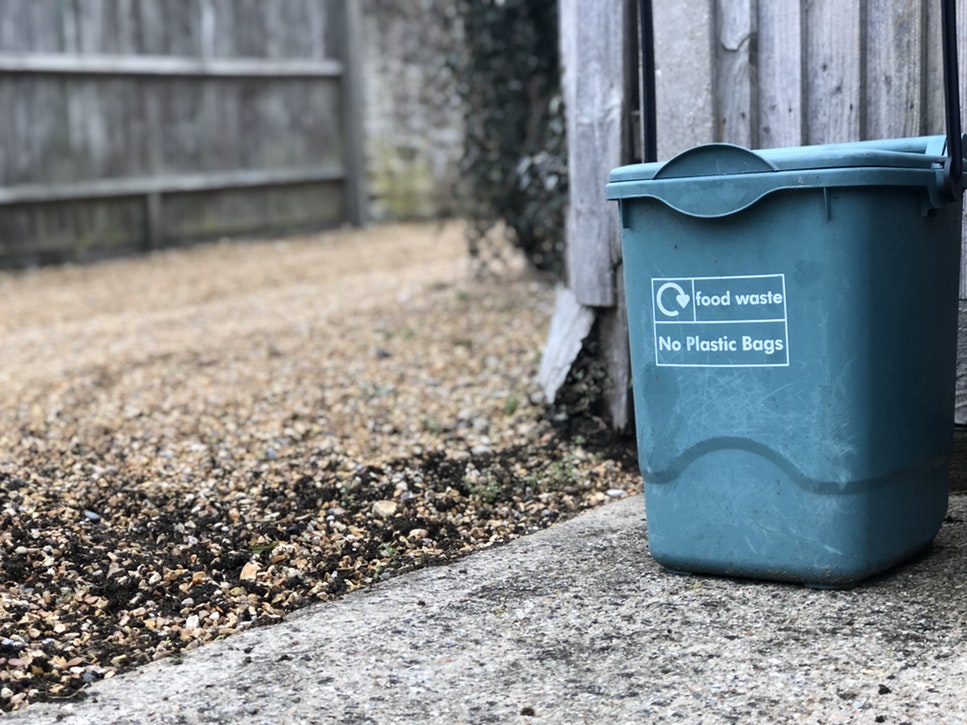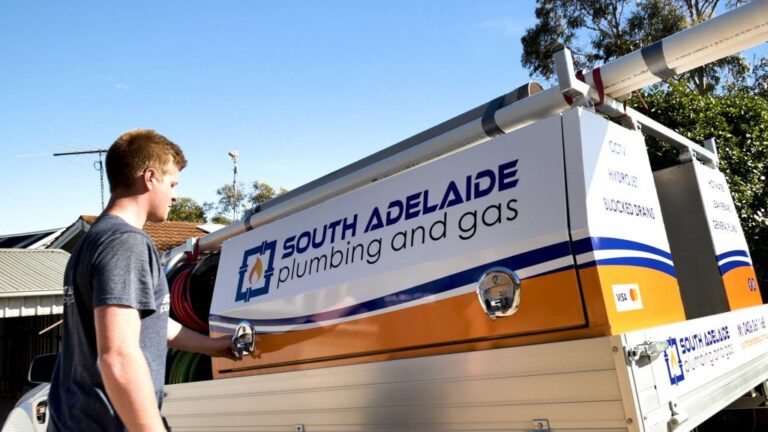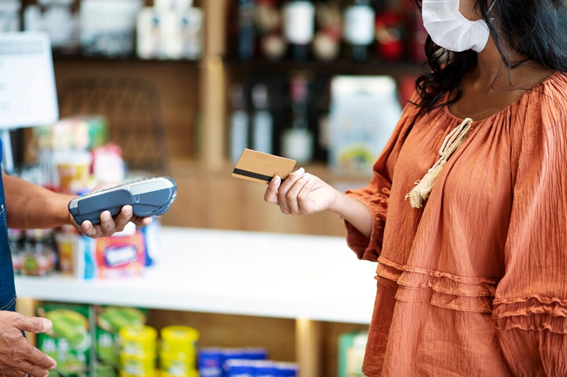
Being environmentally responsible is essential in reducing the effects of pollution and ensuring a healthier lifestyle. While you are busy trying to save the planet and reduce your carbon footprint, have you ever wondered how to recycle your rubbish? Most of us know that certain items can be recycled, but do you know which rubbish is the most recyclable? Do you know how to recycle some of the things you throw away daily? You’re not alone; most people don’t know where to start. The best way to get rid of rubbish is to recycle it. Keep reading and learn everything you need about recycling.
What Is Recycling?
Recycling is the amazing process of converting waste materials into new products. It is a type of material recovery that involves collecting and processing materials and then manufacturing new products from the materials. This is distinct from material reclamation, which involves recycling waste to extract or recover a useful material. The purpose of rubbish recycling is to reduce the use of natural resources, reduce waste and prevent contamination. Recycling can help improve the environment by reducing pollution (carcinogens and toxins) and conserving raw materials that are non-renewable or have limited renewability.
What Can You Recycle?
The good news is that with the rise in recycling being such a hot topic, there are more things than ever before that you can recycle! If you’re unsure what goes where look at your local council’s website or call them for more information on what goes where. Most councils have their website with all this information on hand. As a rule of thumb, most household rubbish can be recycled. This includes paper, cardboard, plastic bottles and jars, glass bottles and jars, metal cans, batteries and electrical equipment.
Think About the Environment
The first thing that you need to do when you start thinking about rubbish recycling is to think about how it will get to affect the environment. It’s important to consider how your garbage will affect the environment when deciding what to recycle and what not to recycle. For example, if your city doesn’t have a curbside recycling service, you’ll want to ensure that anything too large or heavy gets taken to the dump instead of being dumped in a landfill. Recycling helps reduce emissions and pollution caused by manufacturing products from scratch. It also reduces the need for raw materials mined from the earth. These materials can be harmful to the planet in their own right. For example, mining for copper can cause acid rain, which is bad for wildlife and plants.
Recycling Is Fun and Easy
The rubbish recycling process is fun and easy because it makes you feel good about what you do for the earth. Recycling saves resources, which means we don’t need to mine or cut down as many trees or dig as many holes in the ground. This makes the planet healthier by reducing pollution and greenhouse gas emissions. Recycling also reduces energy usage, which means less oil drilling and fewer greenhouse gas emissions from burning fossil fuels! Recycling saves money too.
Learn How To Recycle Properly
There are several different types of recycling, each designed for different materials. The most common type of recycling is household recycling, which involves sorting your rubbish into different bins for different types of recyclable material. You can also recycle larger items, such as furniture and appliances, by taking them to a local recycling centre or charity shop. Some companies will even collect bulky items from your home for free if you have too much rubbish in your bin. All in all, it is very important to learn the different types of rubbish recycling processes and how to do them properly.
You Can’t Recycle Everything
Recycling is all well and good, but some things just can’t be recycled. Here are the most common items that you shouldn’t place in your recycling bin: Plastic bags, bubble wrap, Styrofoam cups, food containers and takeout boxes. These materials are too lightweight to be sorted at the recycling facility. If they break apart, they also present a safety hazard for workers who handle them. Foil-lined wrappers from medications and vitamins. The foil lining isn’t recyclable; it has to be removed before you can recycle the rest of the wrapper, which can now go into your regular trash. As with other aluminium cans, you won’t get any money back from your recycler if you leave it on there.
Conclusion
Rubbish is something we generate daily. We are always trying to find the best ways to get rid of our rubbish, but often we don’t know how rubbish recycling works or where to do it. Be conscious of the rubbish you put into the bin and, when possible, recycle as much of it as you can. This small change would reduce unnecessary waste going to landfill sites and help curb our global plastic mountain. There are several ways to recycle your rubbish; most should be easy for anyone. You might find that you save a bit of extra money in the process, too.



